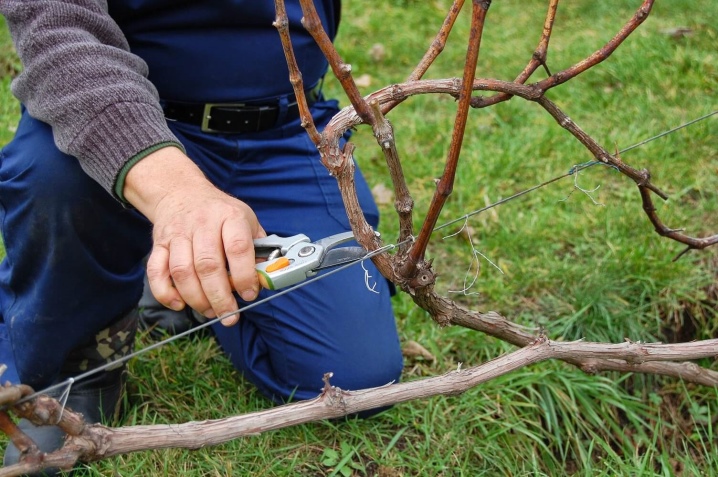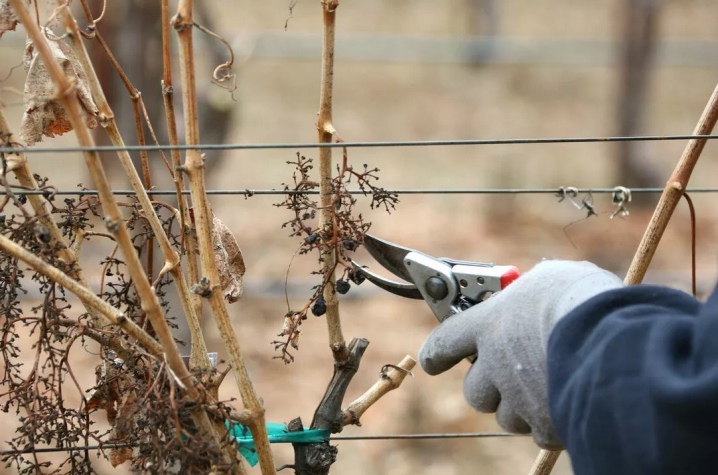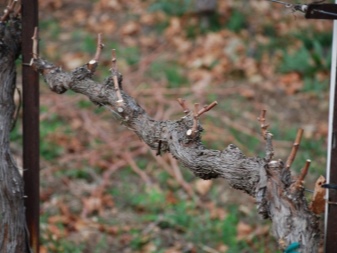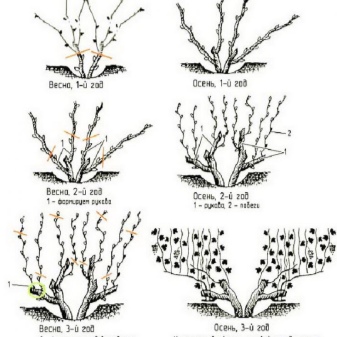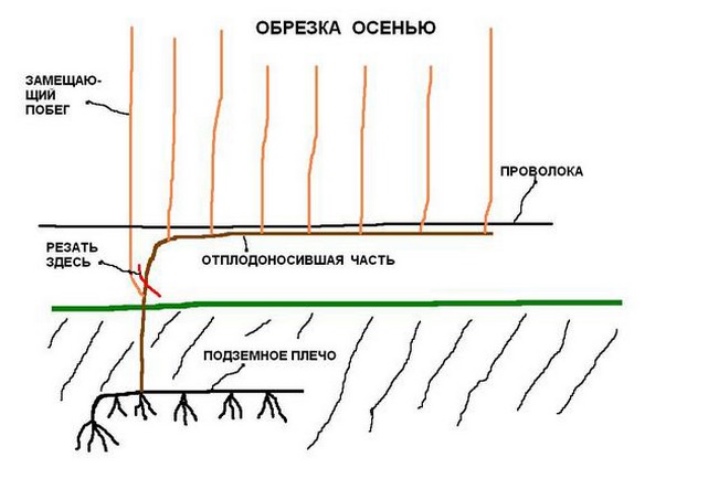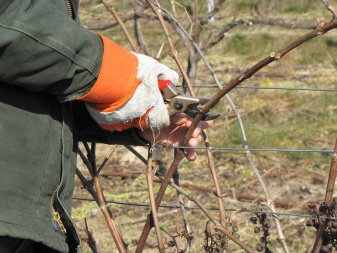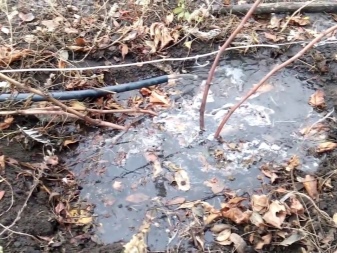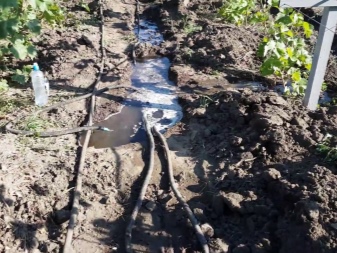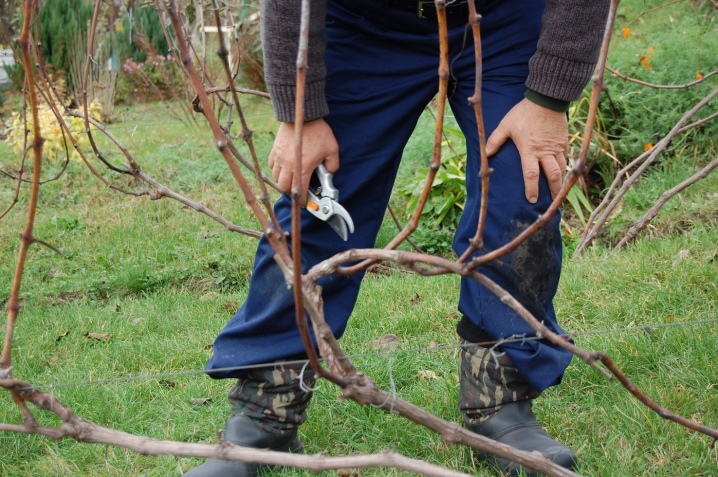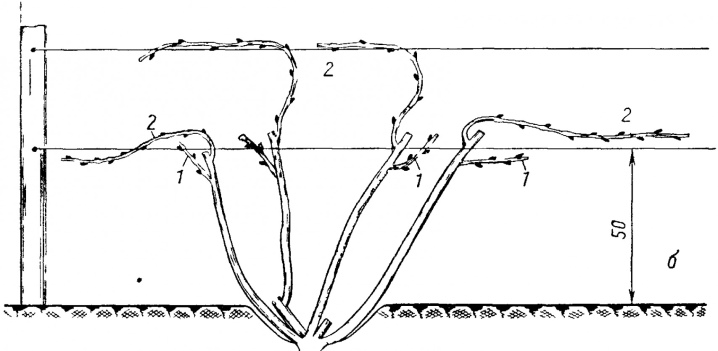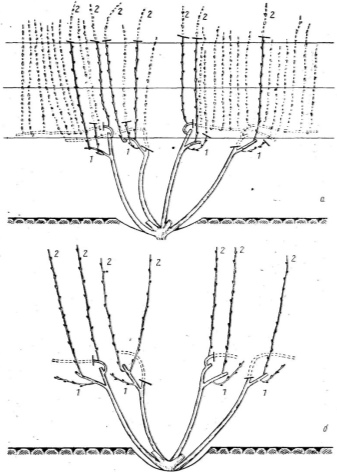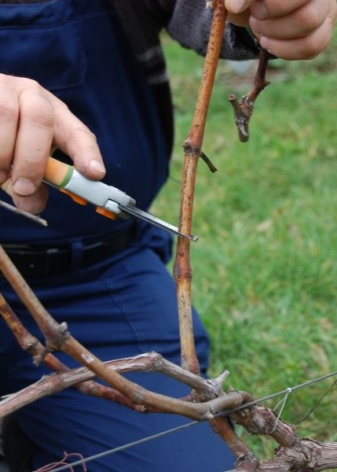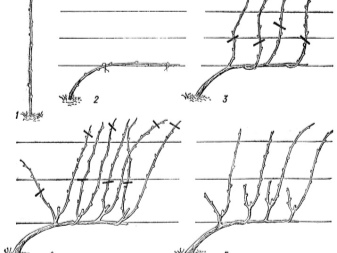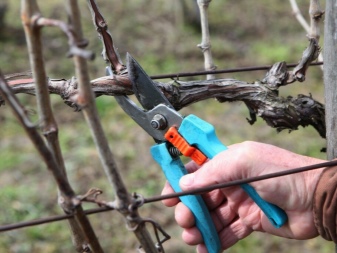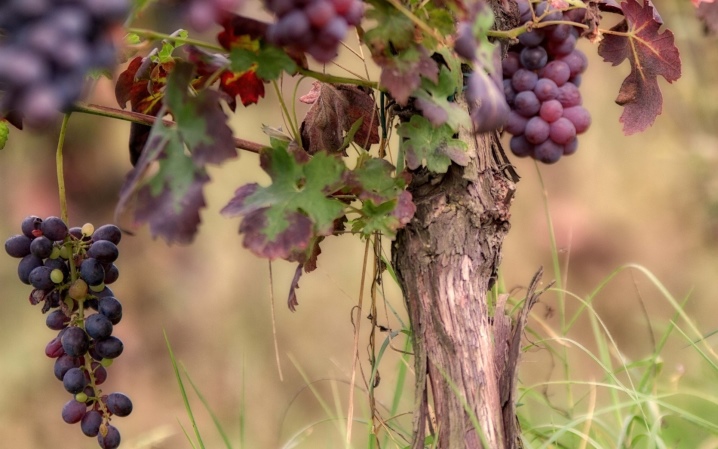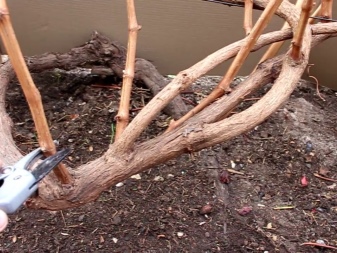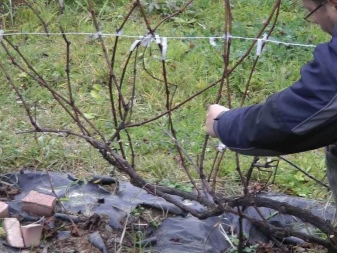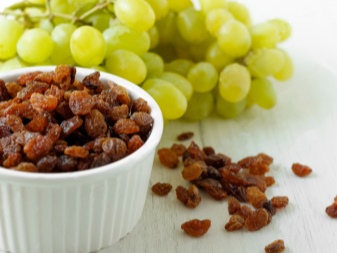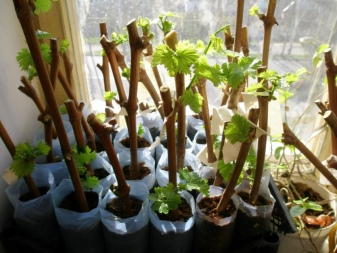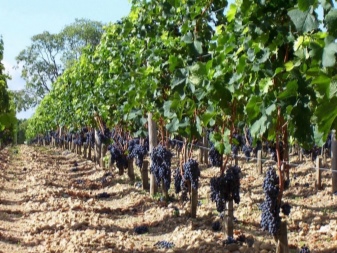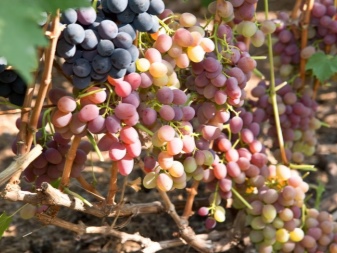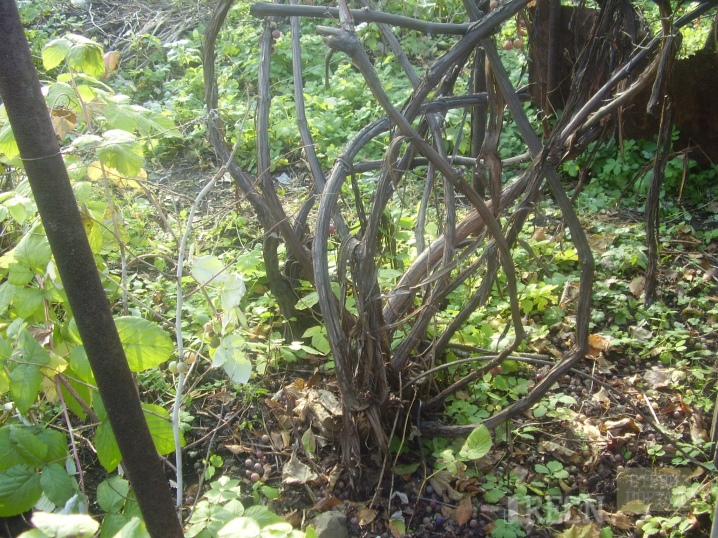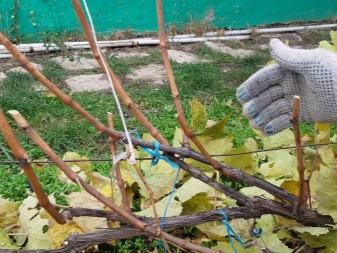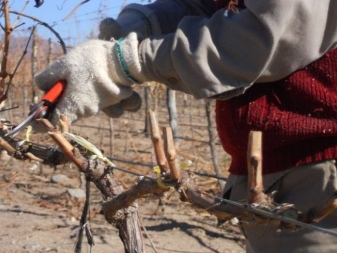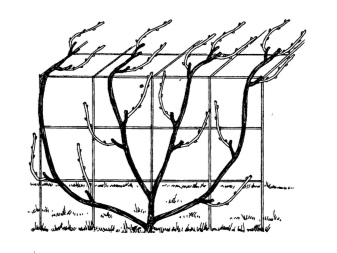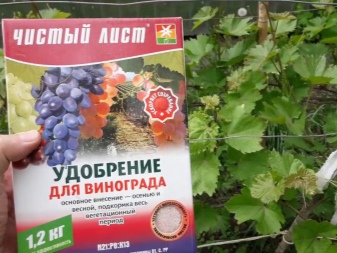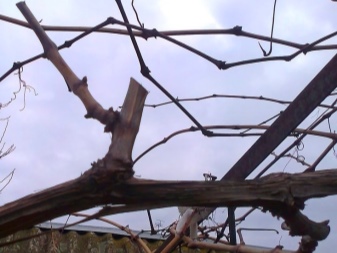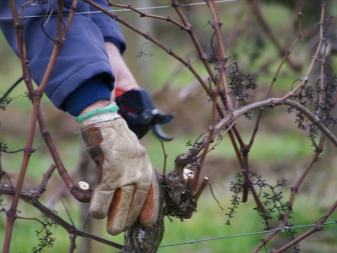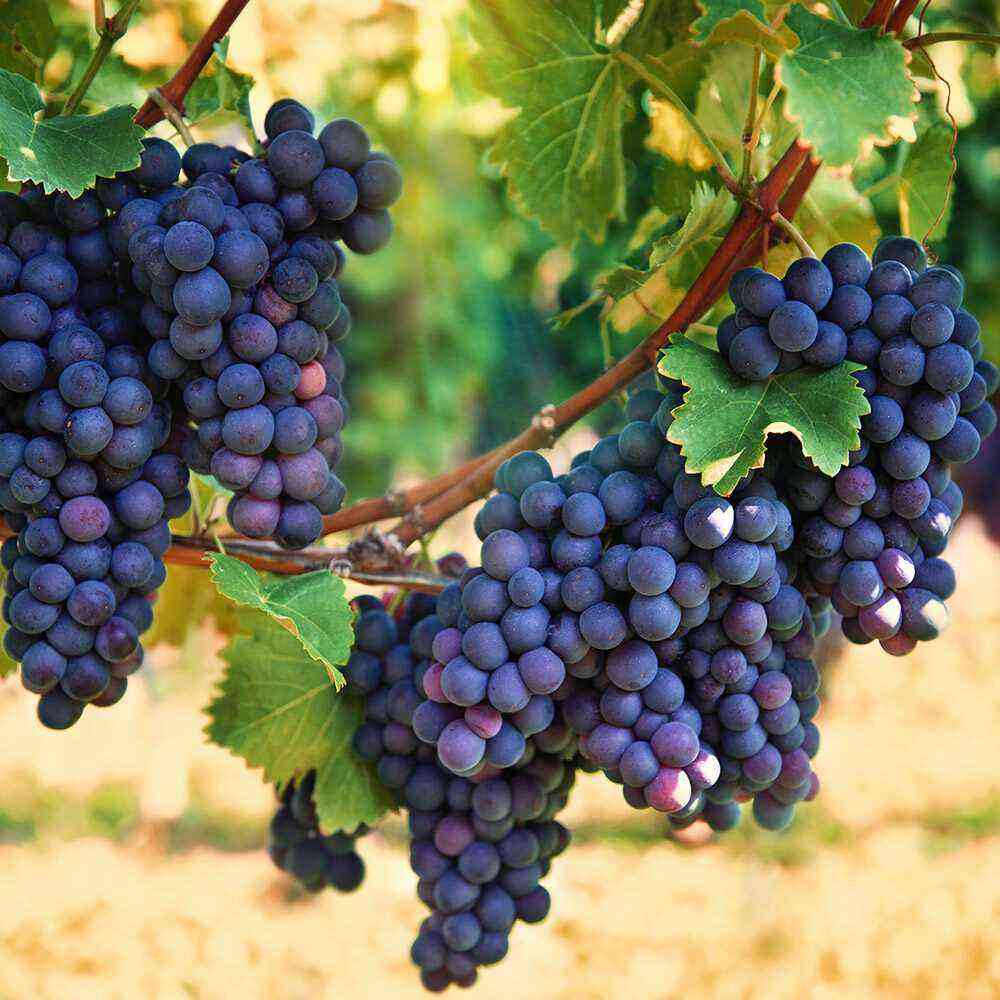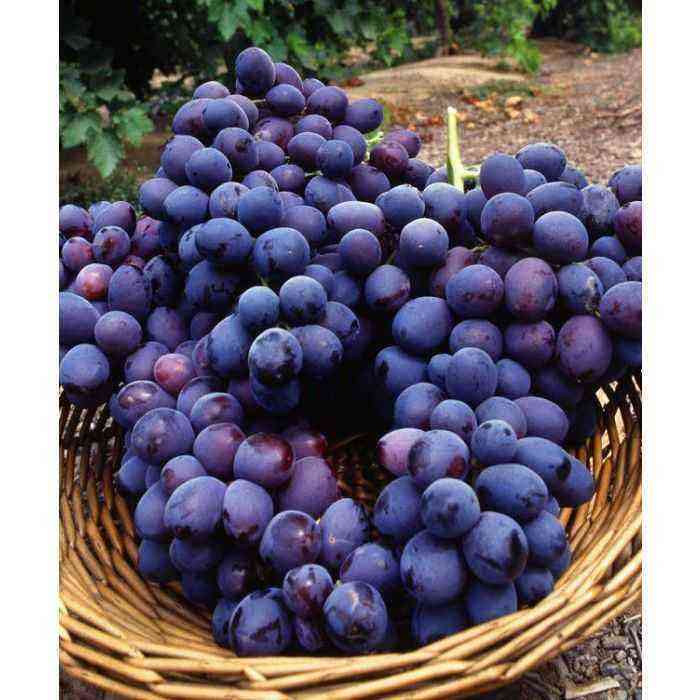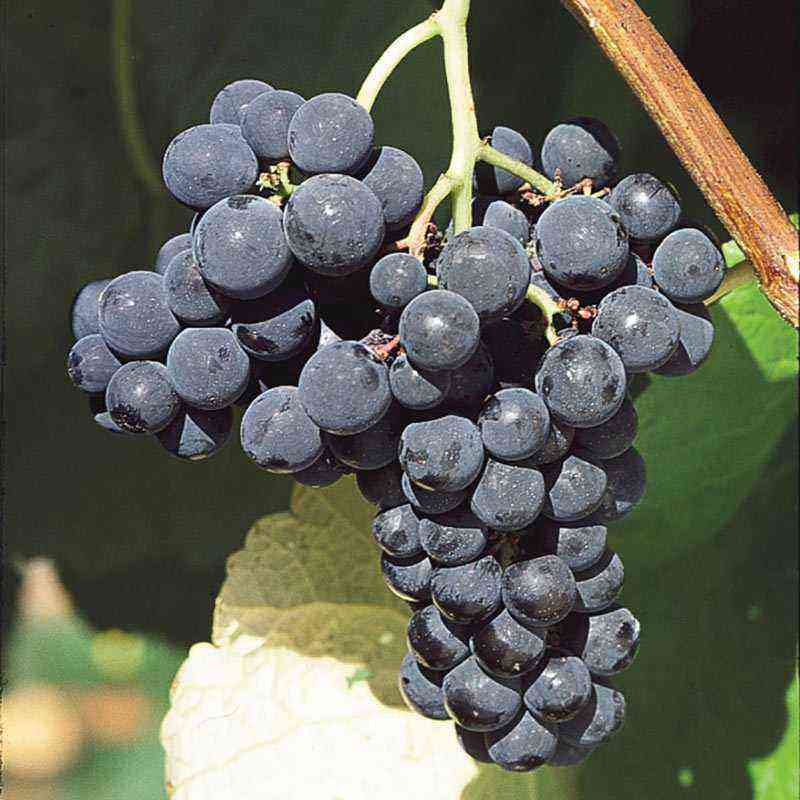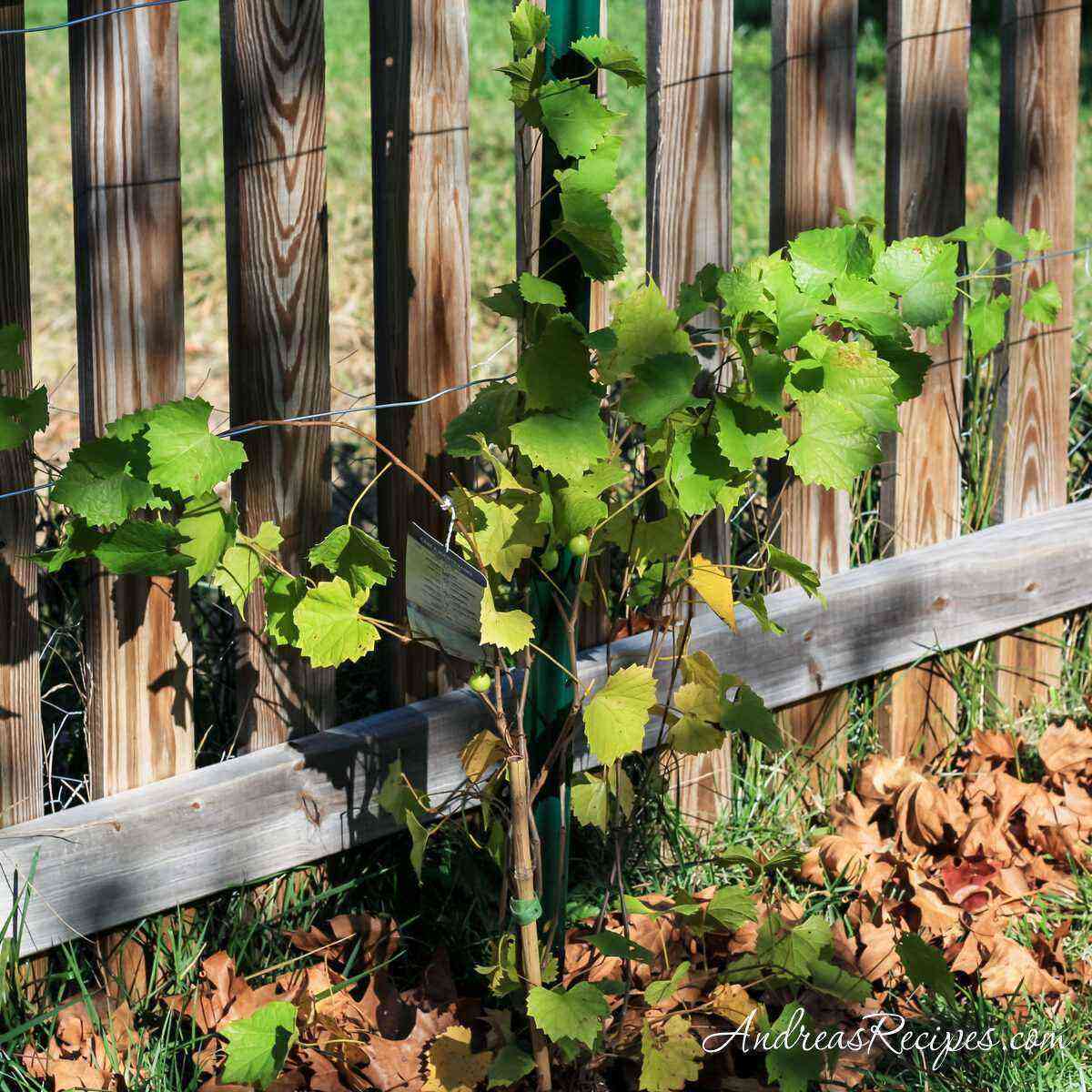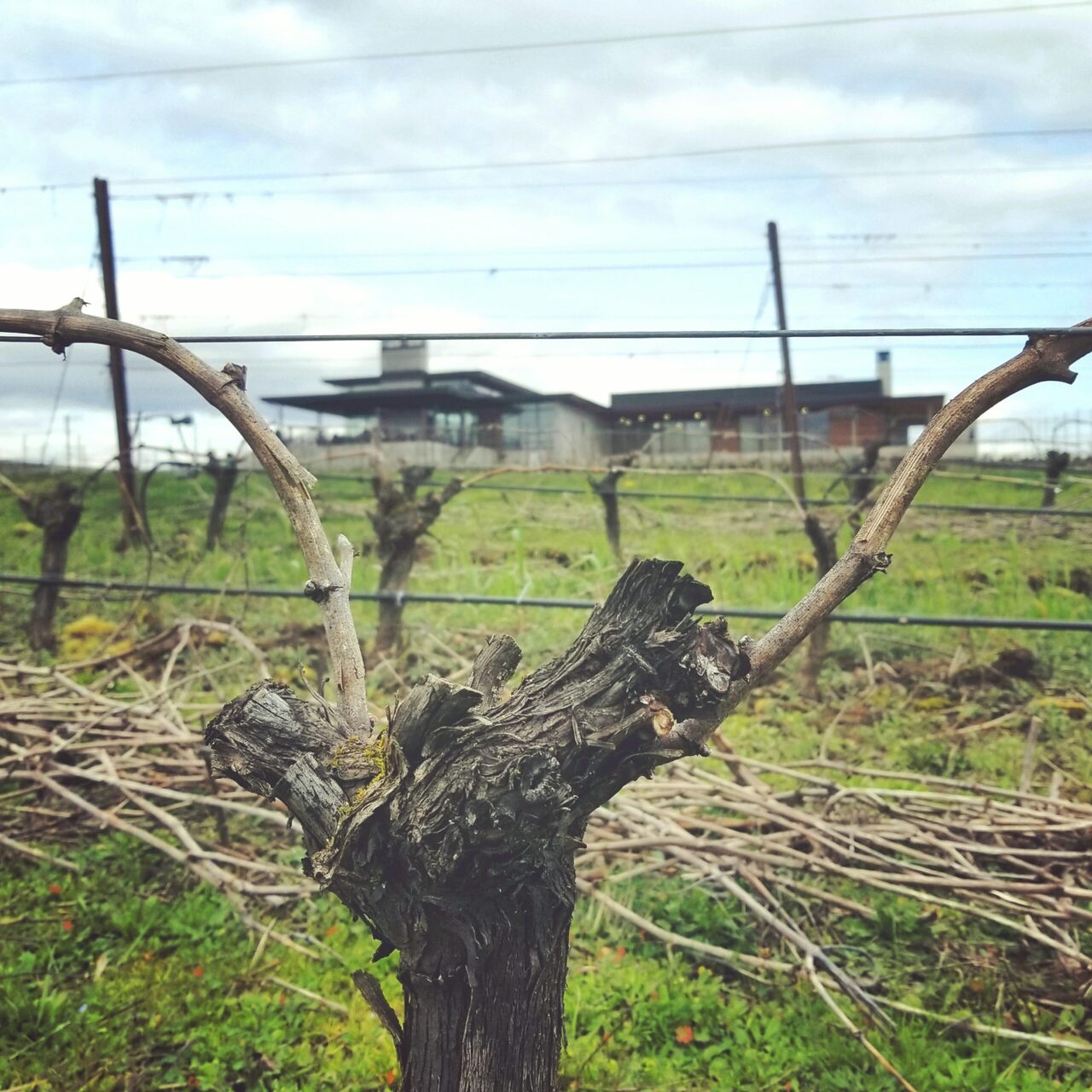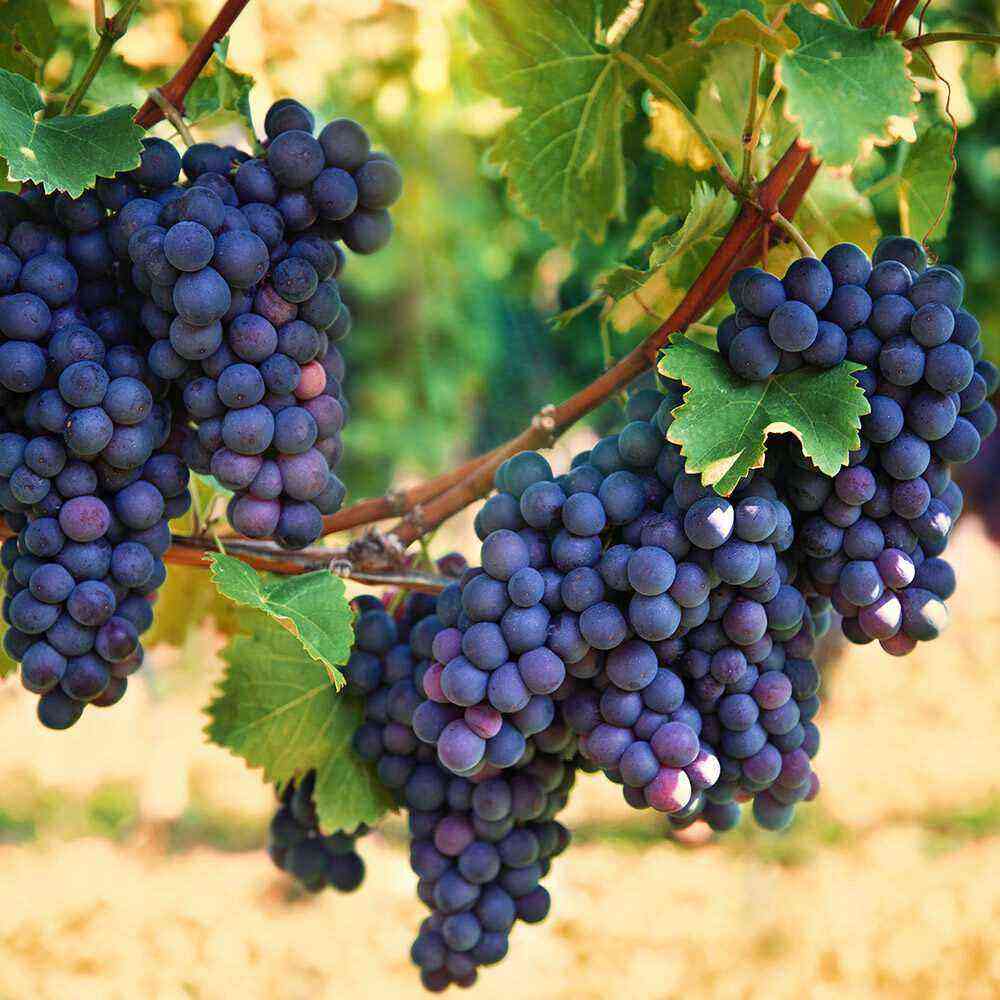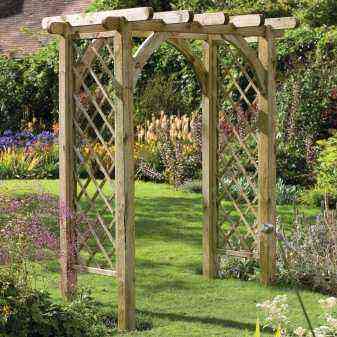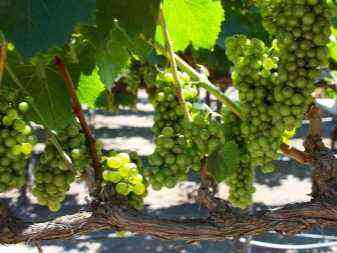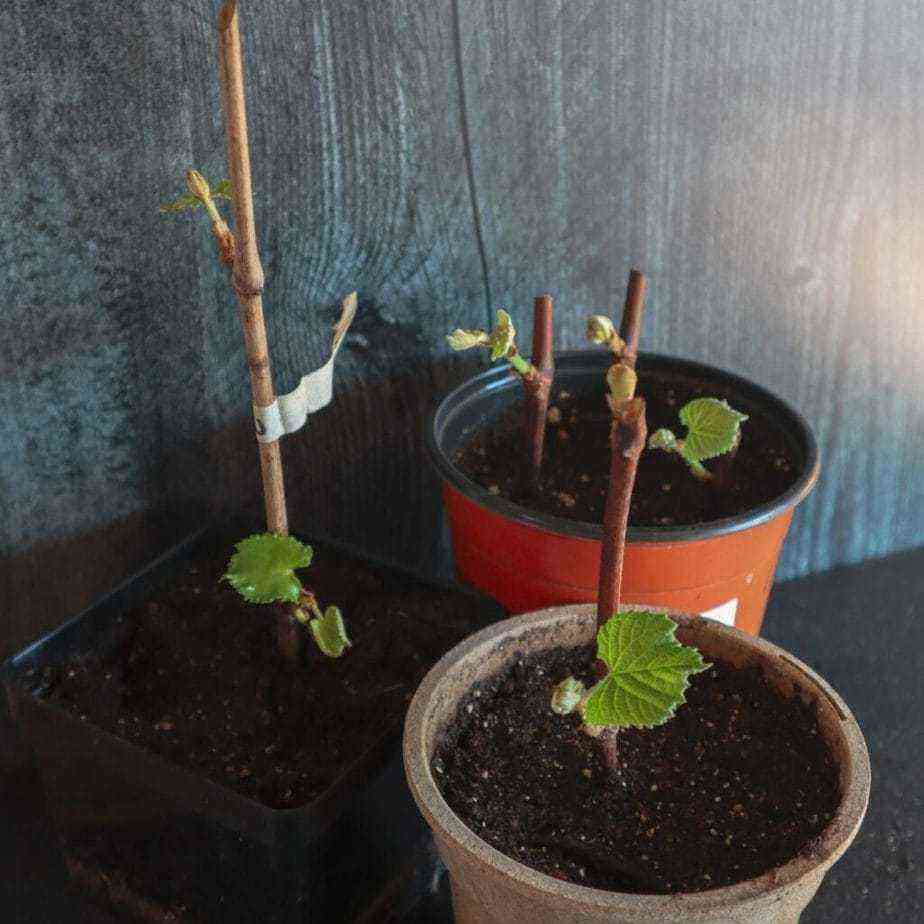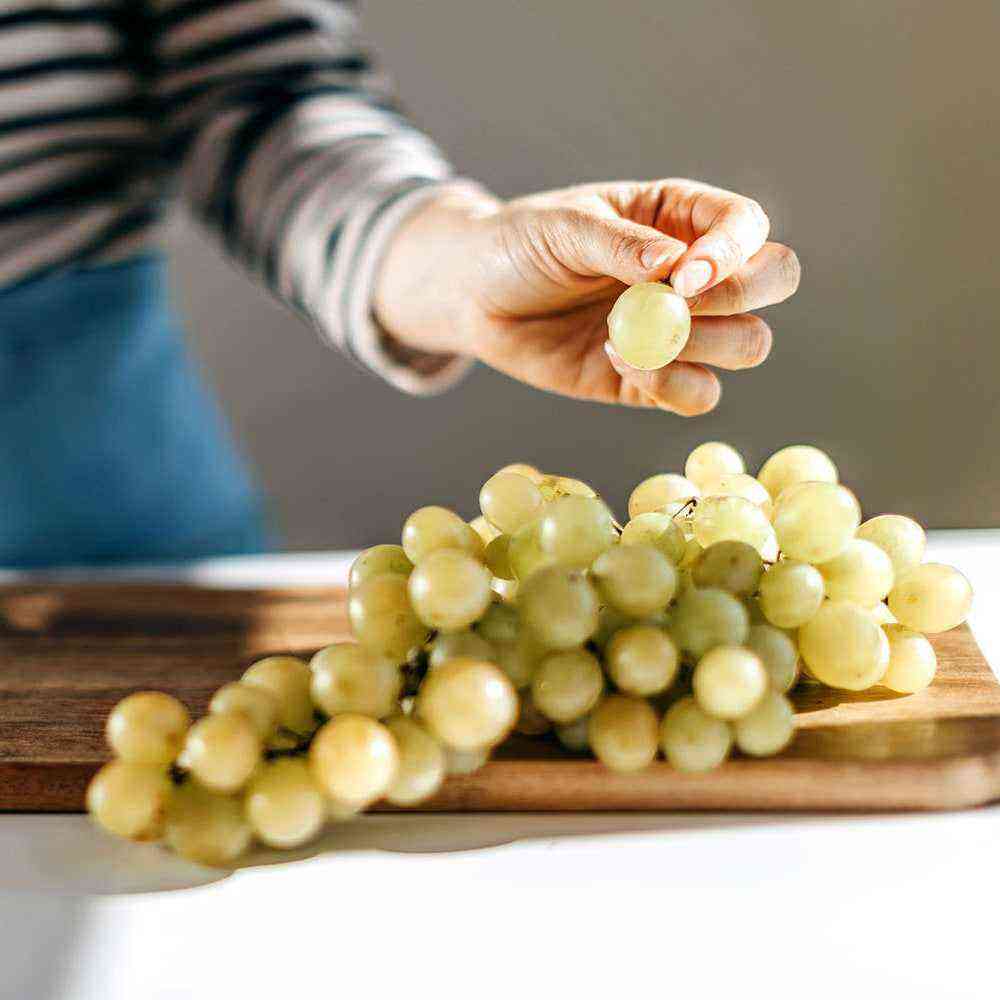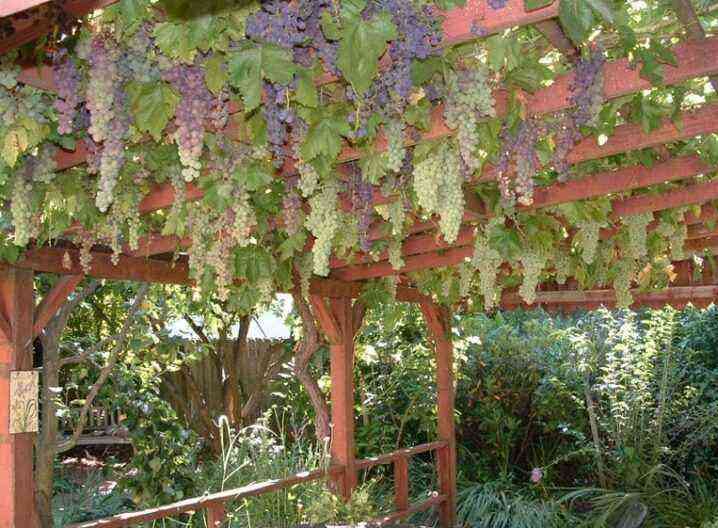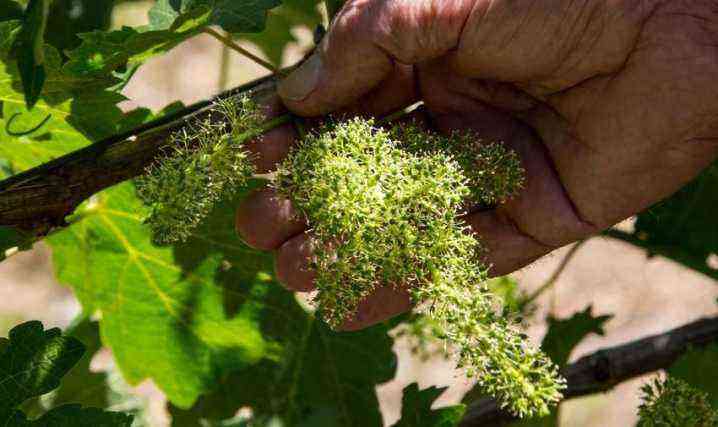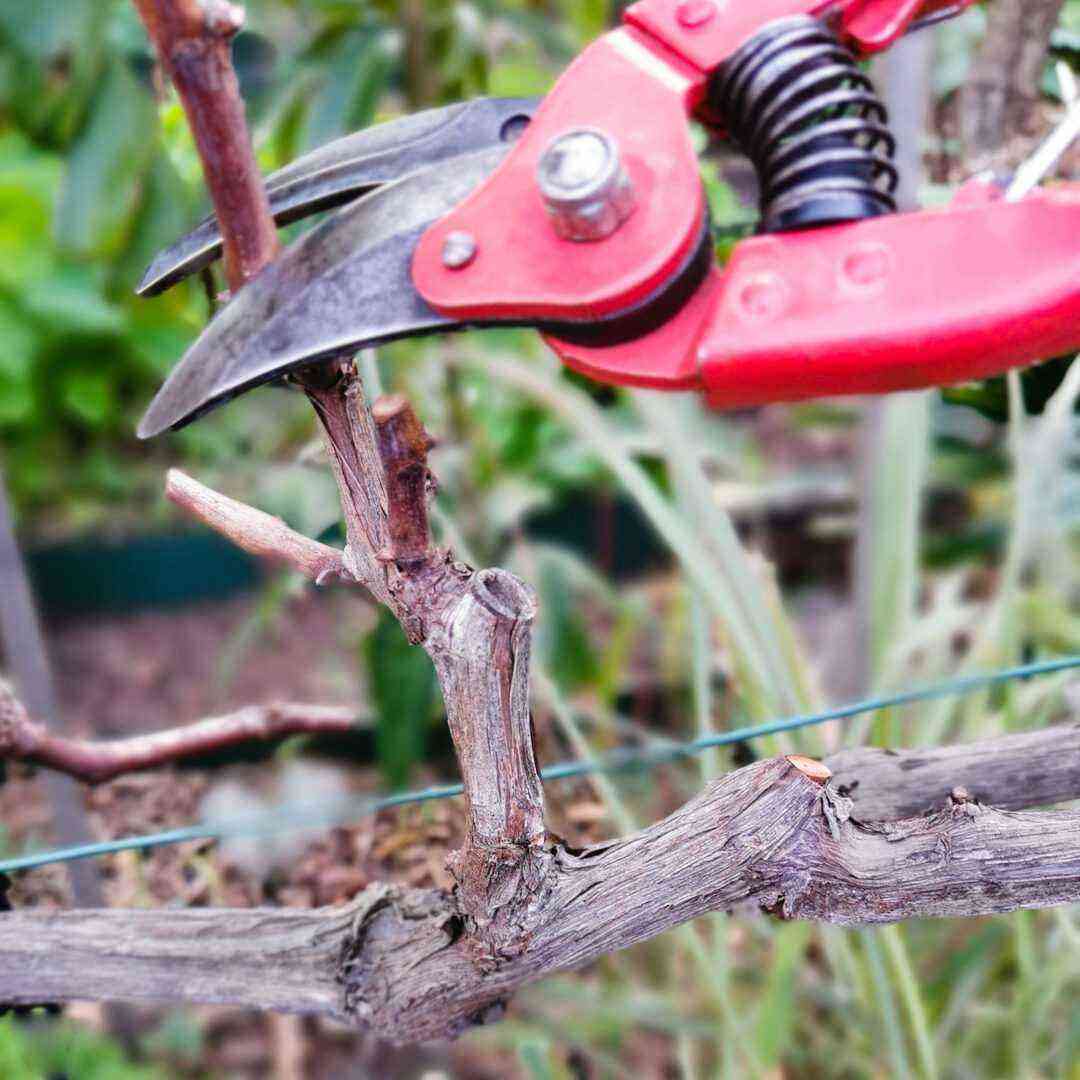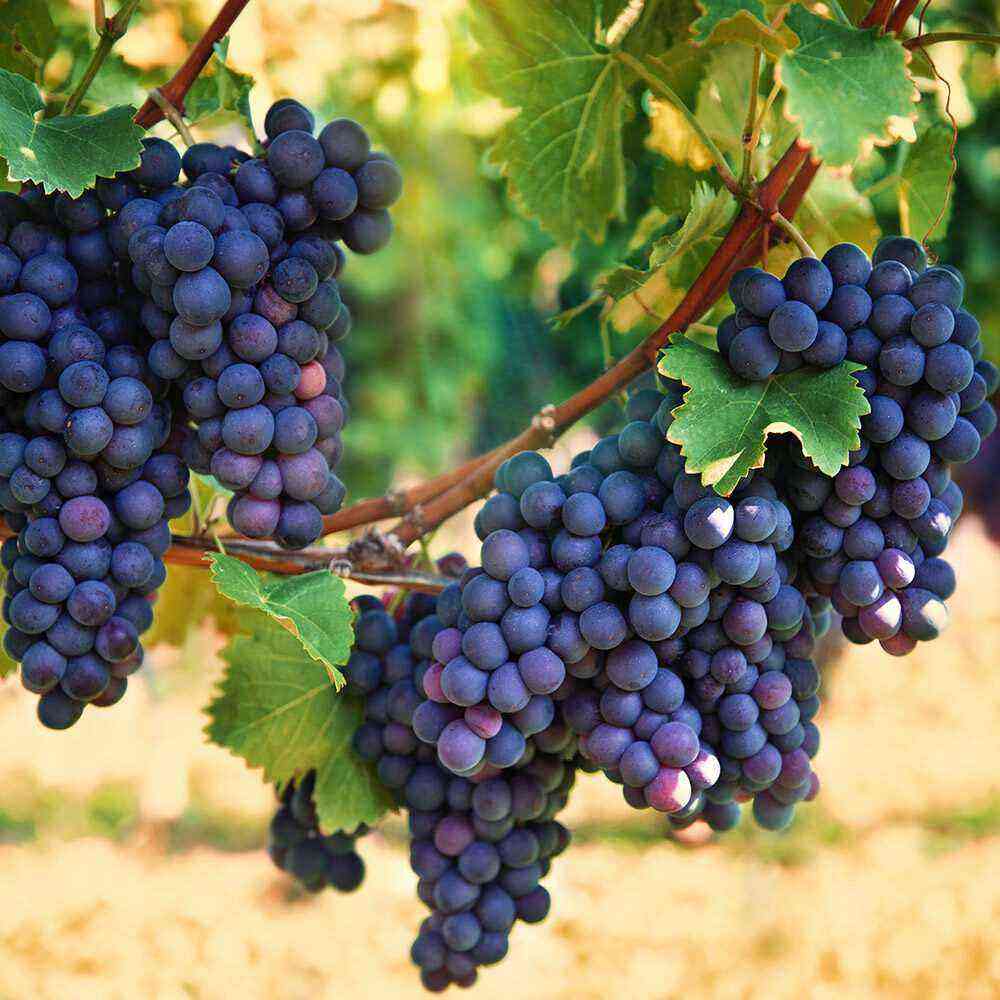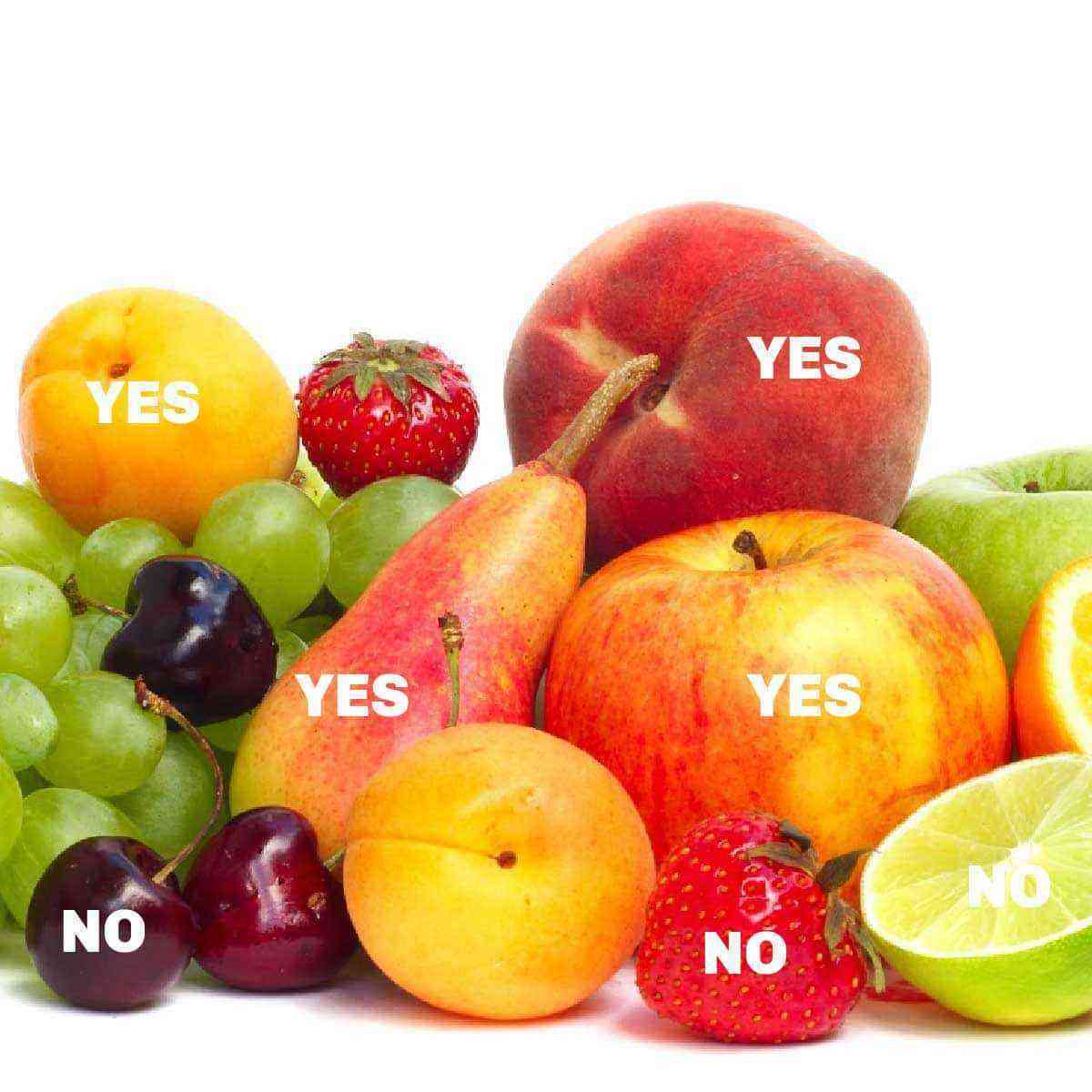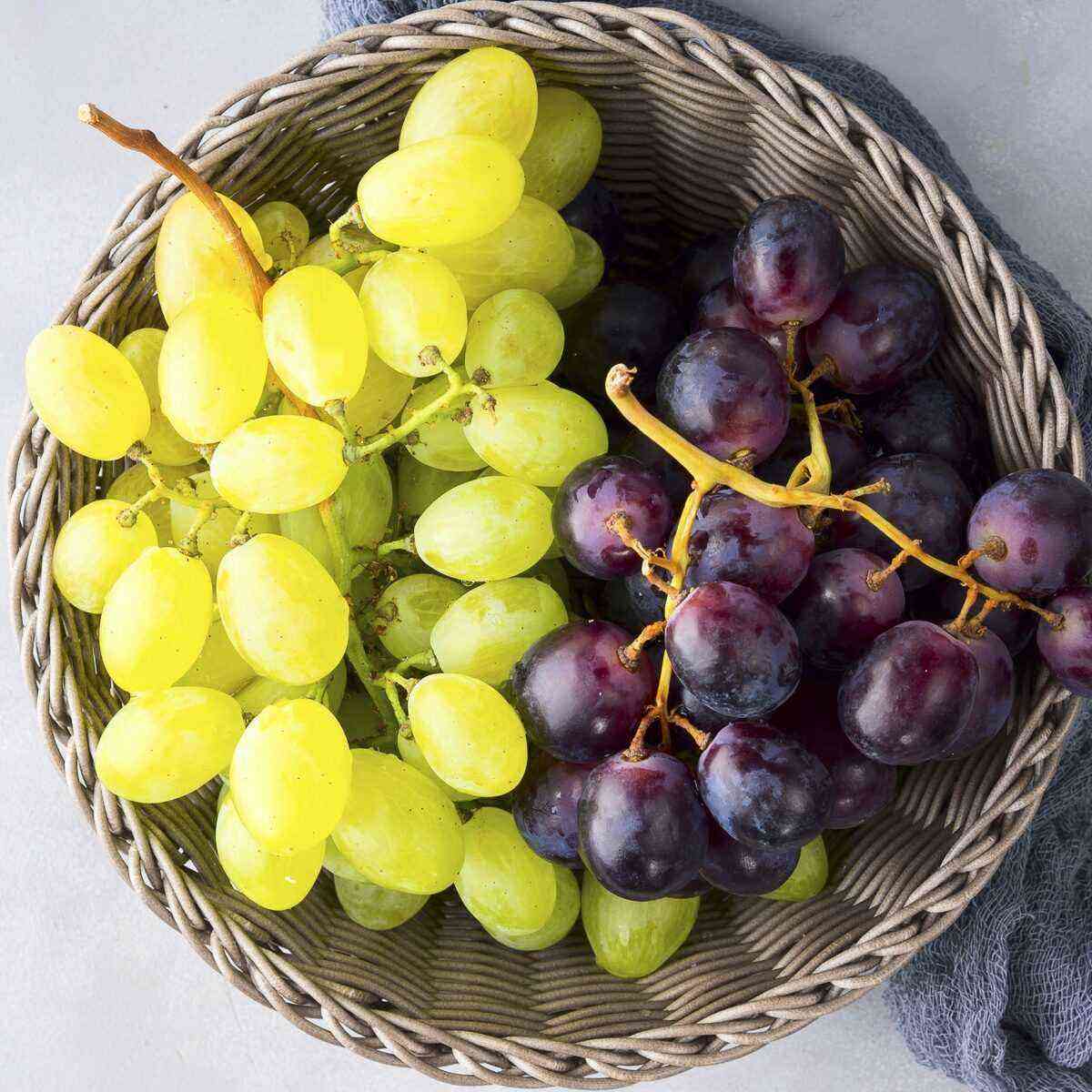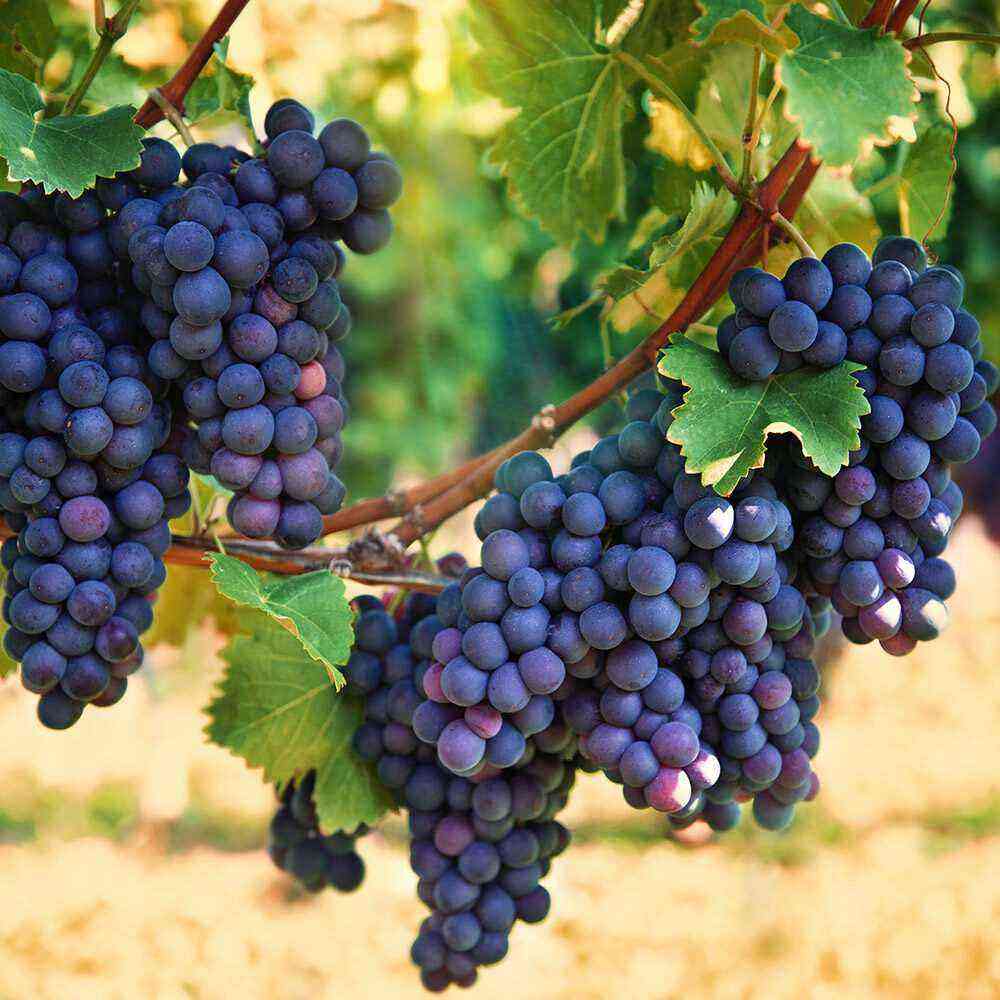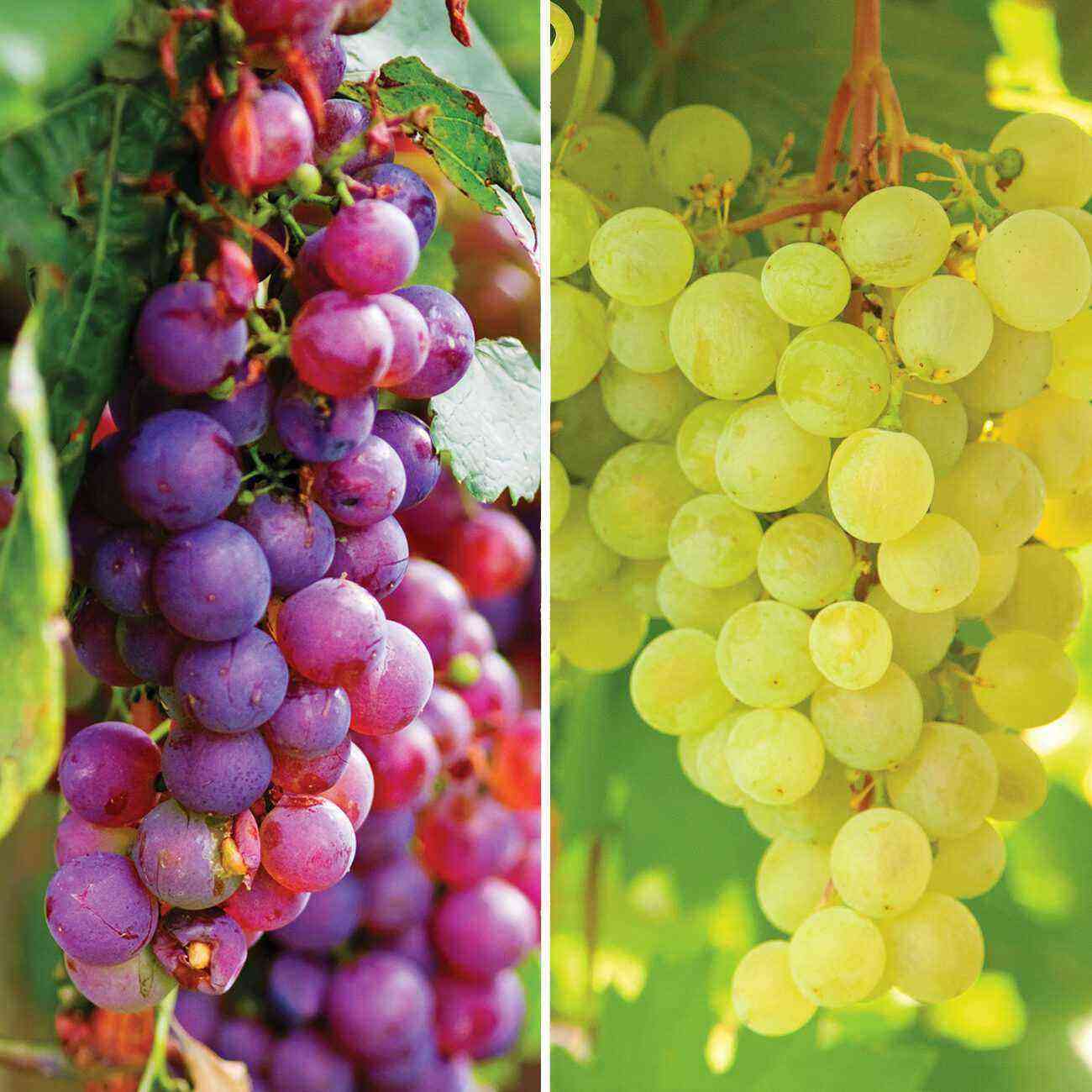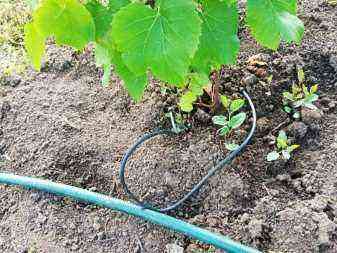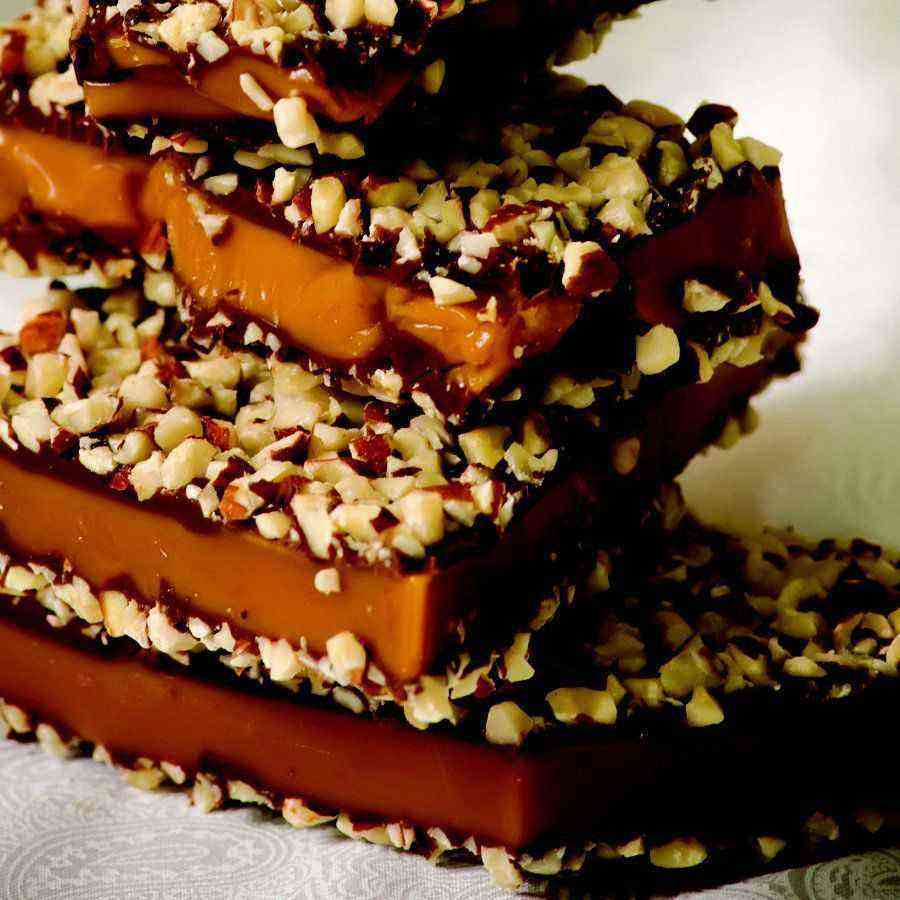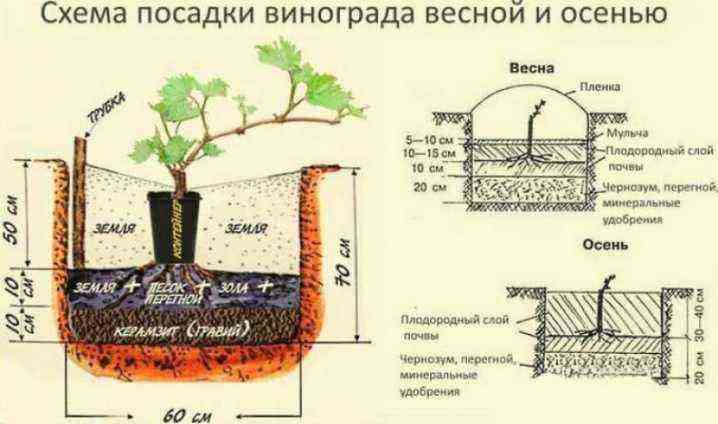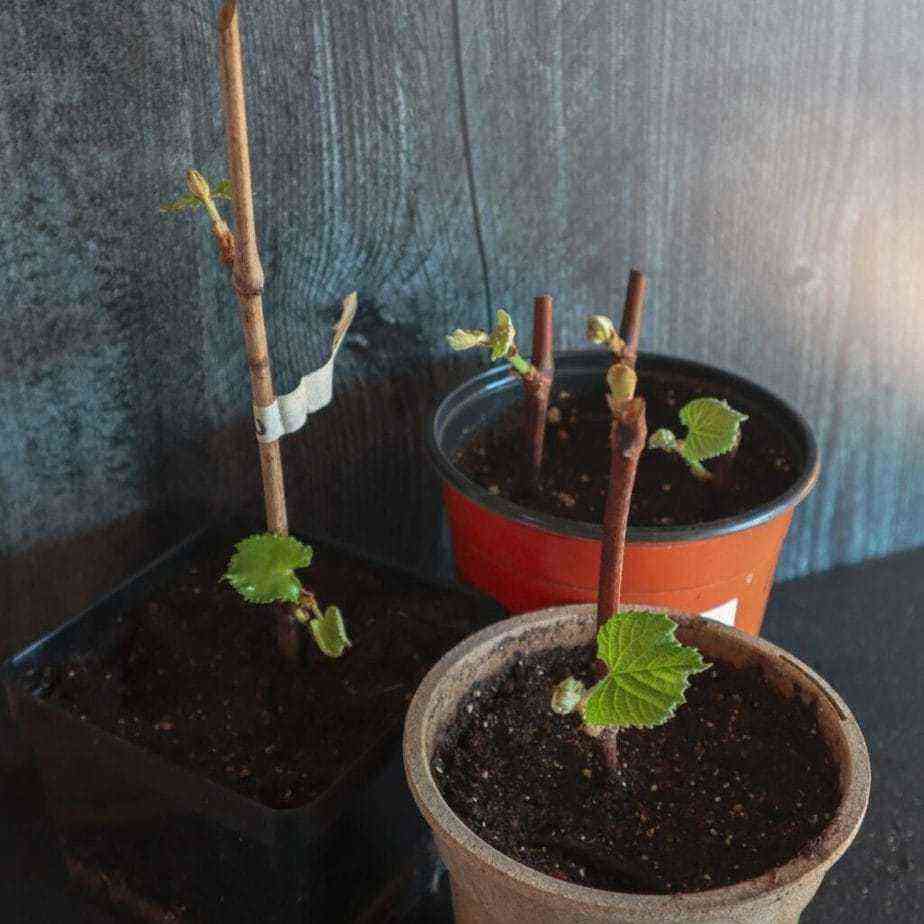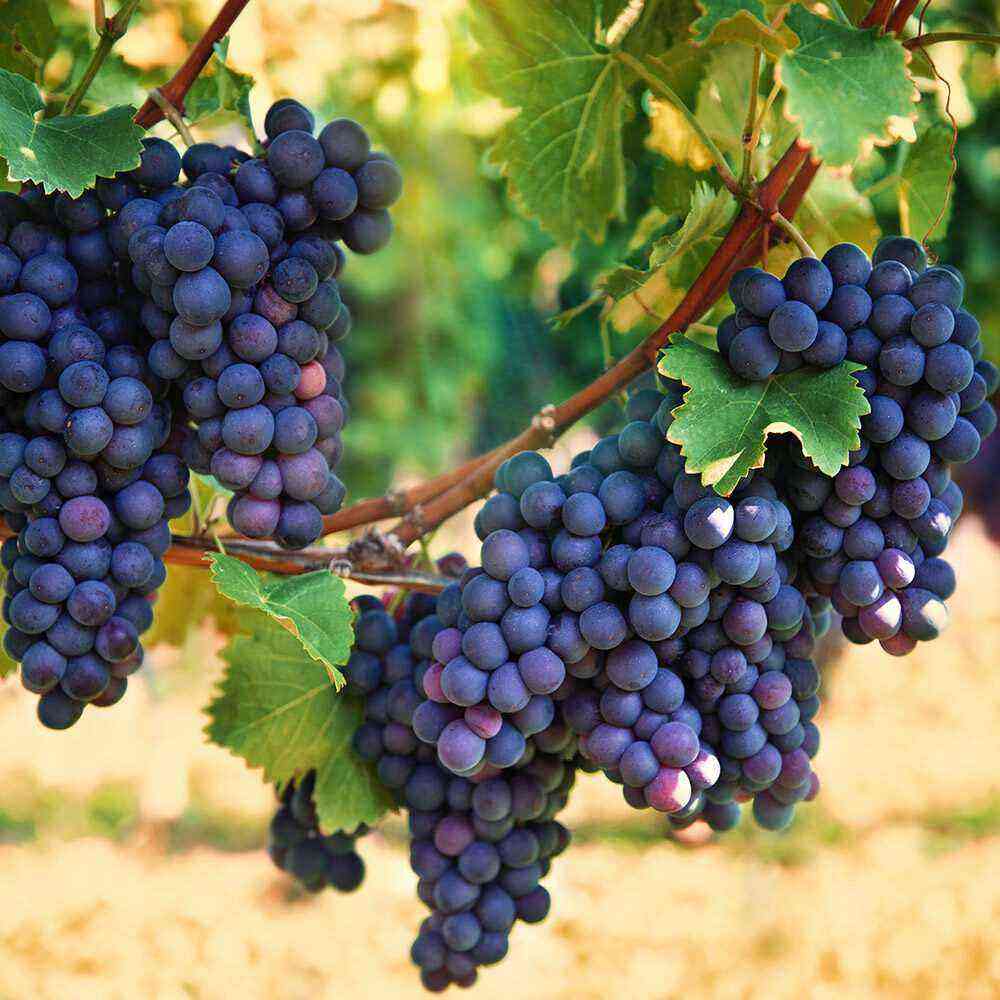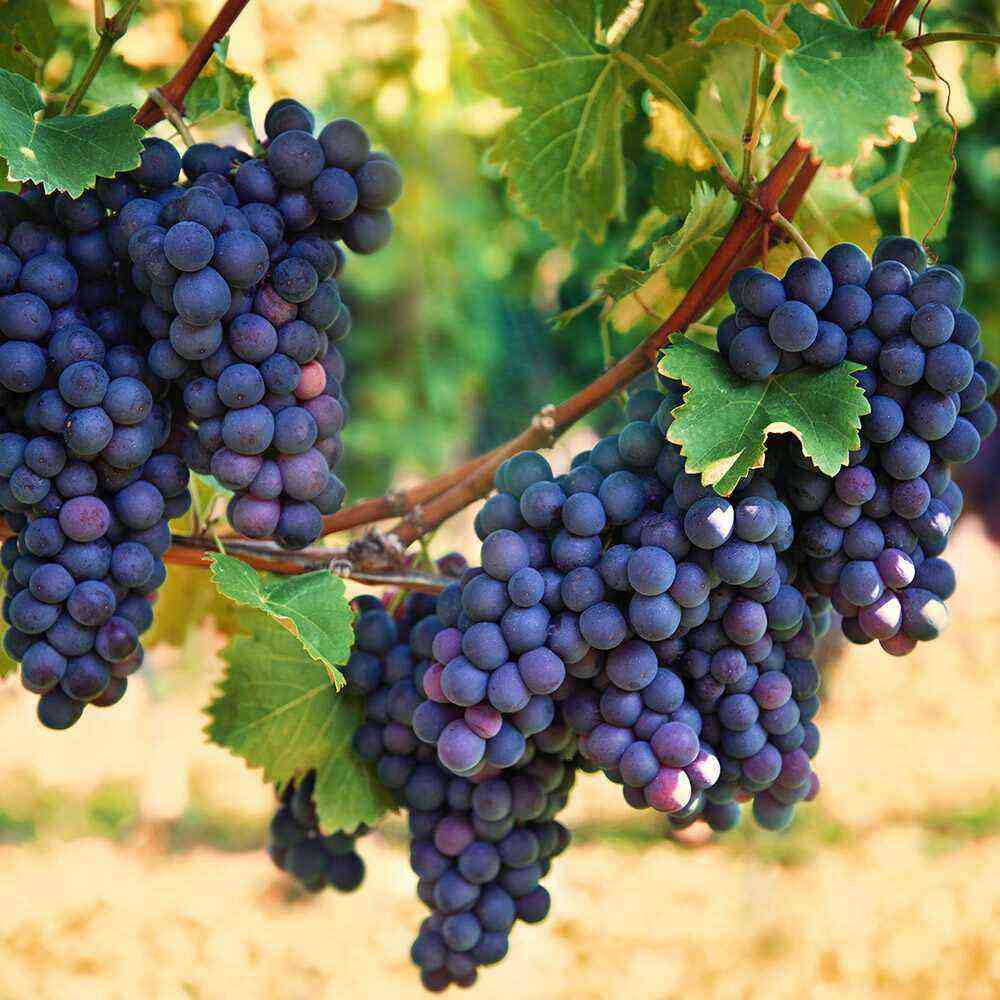Pruning grapes is necessary so that they bear fruit abundantly every year. If you refuse this procedure, then the bushes, growing chaotically, can completely run wild, and without proper care they will die: the weather is changeable, and pests are always nearby.
appointment
Autumn pruning makes it possible to preserve all the nutrients for wintering, to prevent freezing of thin shoots that have not had time to become woody. The fact is that the freezing of fragile shoots makes any bush, including a crop such as grapes, vulnerable to cold weather – it is not able to protect itself from a sharp change in the weather, which is often observed in the off-season. In addition, dead shoots open the way for pathogens, fungi and molds that infect younger shoots that have not had time to gain strength, from which this microflora is then transferred to older ones that are already ready for wintering. If everything superfluous is cut off, and the places of cuts are closed with paraffin, wax or garden pitch, then access to all these pests is blocked.
The only requirement is that autumn pruning is carried out after leaf fall: by the time it starts and the foliage turns yellow, the bush will already have time to pick up all the organic matter that it needs for wintering.
Deadlines
Pruning in autumn is carried out in the northern regions, including the Urals, in the middle or end of September. The temperature in the north after August, including most of Siberia and the Far East, contributes to night frosts, which the grapes, if the leaves were still on it, would not survive. In the regions of the Volga region, the Altai Territory and central Russia, pruning is pushed back to the middle or end of October. An example is the Republic of Bashkiria. The southern regions, for example, the Rostov region, allow the procedure to be carried out in November. Often the leaves from the vineyard fall at the end of the named month. For example, such a picture is observed in Sochi, on the coast of the Caspian Sea.
Pruning is done before shelter bushes. Sheltering the vineyard for the winter is important in a harsh winter: a cold snap below -20 and frequent icy winds will lead to the freezing of bushes. To prevent freezing, grape bushes can be grown in greenhouse conditions, however, at a temperature of -20 … -50, covering material may be required here. Pruning of the vineyard, aimed at sanitary care (removal of diseased, affected and dried branches), is carried out at any time, ideally immediately upon detection of non-viable branches. After harvesting, you can also cut off the tops and secondary shoots, the so-called. stepchildren growing in the middle of the node and directed away from the main branches. Circumcision time is mainly evening, especially in summer: the heat of the day should end. After cutting, the vineyard is watered, if necessary, a small top dressing is made.
Cutting off extra tops that have stopped growing and absorb moisture and nutrients in vain is carried out at the fruiting stage: this is necessary so that the formed clusters grow and ripen faster.
Features of the structure of grapes
Let’s find out how the grape bush works, starting from the lowest zone:
deep roots (main and lateral);
transition (the so-called underground stem);
near-surface roots (flow into the trunk), collecting moisture from the dew that falls on the ground in the morning;
basal rosette (transition to the main stem);
itself, in fact, the main stem – it is the base of the bush;
branching for lateral stems (main node);
respectively, the side stems themselves.
From the lateral stems, which are skeletal, depart, as on a tree, lateral branches of the second order. The structure of the vine is such that one year of growth, development – one order of branches. Everything superfluous that interferes with the development of the main aerial part of the bush is mercilessly cut off – including the diseased, affected and underdeveloped. This is the main secret of a plentiful, high-quality harvest.
The grapevine is so arranged that it grows even in difficult conditions. A variant is possible when wild grapes appear on the rocks, where the fertile layer – sedimentary crushed rocks flavored with organic humus – fills large cracks, and if a grape seed gets there (for example, it is eaten and digested by birds, while the seed germs remain alive), then it germinates, takes root and goes into these cracks, receiving moisture from there, from a considerable depth (which seeps there during the rains). “Cultivated” varieties, of course, are unlikely to grow in the rock, and if they germinate, they will not give a plentiful harvest – not those conditions.
However, the vineyard is able to survive even in a drought that lasts two to three weeks: the roots go into the soil to a depth of up to a layer of clay, tens of centimeters, where they can find the minimum, vital amount of moisture. Nevertheless, watering the grapes is still necessary.
How to conduct?
It is necessary to cut the grapes in the fall not haphazardly, but according to a certain pattern. The simplest sequence of actions for beginners is given below.
In the first year
The first year – after planting a grape bush in the spring – is characterized by minimal pruning. This process is presented step by step in the steps below.
Cut off all fragile shoots (tops) that have not had time to develop. Most likely, they will not survive the coming winter.
Do not perform any pruning if the bush was weak. For example, planted in places where it is absent.
If the vine is grown from seed, it may grow slowly. In this situation, pruning of the stems is not performed.
In other cases, grape shoots are cut to the 4th bud. (counting from the branch point).
It is pointless to leave more buds: the shorter the shoot, the thicker it will become, which means it will better survive the period of regular frosts.
In the second year
Beginners who have mastered the basic patterns of cutting shoots at the age of 1 year will change the pruning scheme in the second year. A two-year-old bush is cut according to the following scheme. As a rule, each bush already has 4-5 healthy shoots. They are, so to speak, skeleton-forming: these main branches determine what kind of harvest the summer resident is counting on. It is necessary to shorten the new shoots that have grown over the summer to the 4th bud. As a result, several branches of the second order are formed. This year the vine will grow.
Regularly do sanitary pruning of the bush. Also forming its crown, cut off all the shoots growing in some directions: this prevents the bush from thickening. Although the leaves and stems are arranged so as not to shade each other, the thickened vine will grow chaotically, blocking the path to the clusters of direct sunlight. When the fruits do not receive direct sunlight, the ripe grapes taste “like grass”, sweetness and aroma are almost absent, it has fewer nutrients. In the second year, the fruiting of the vineyard is still small: at best, one or two brushes may appear on one vine.
In the third year
A three-year-old bush, during autumn pruning, loses all underdeveloped shoots – only a couple of the strongest ones remain. They become the main ones. The lowest one is cut off to the 4th kidney, the upper one – to about the 8th. The yield of each bush is significantly increased.
On all branches of the third order, shortening must be done in the same way – as in one-year-olds. On the branches of the second – like branches that are two years old.
The older the bush, the greater the likelihood of thickening, since there are more and more actively growing shoots, including annuals.
Aftercare
The general principle, as practice shows, remains unchanged: each branch that has grown in one summer shortens to the 4th bud, counting from the nearest divergence. This enables the bush to develop comprehensively, while its crown repeats the direction of the canopy or trellis on which it grows upwards. If there are too many shoots, for example, when the vine has developed to the state of an adult plant and there is nowhere for it to grow further (there is not enough space), then starting from this year, it is considered old and needs to be regularly removed all old, obsolete shoots, because The new ones, intertwining with the old ones, would create thickening. The “skeletal” – bearing – part cannot grow endlessly. Then summer residents apply a “substitute” sequence of actions.
For 1-2 years they give a new shoot to grow. It is even better when the old vine starts a new shoot from adventitious roots, but from a common root. They are waiting for the new shoot to get stronger, woody.
In autumn, this shoot is cut off along with the roots from the common (maternal) root, placed in a clay “talker” with peat and other non-aggressive fertilizers.
They uproot the old vine with all its roots, check the soil where it grew for the presence of remnants of roots. Often, an excavator is hired to remove it, because the vine, like a tree, has deeply and reliably grown roots into the soil – you need a bucket that digs up an old plant in one motion.
They throw the excavated soil back into the hole formed, dig a small hole in it, pour 10-15 cm of sand on the bottom, plant a daughter shoot from the old vine, bury it, tamp it down and water it once a day for several days so that it takes root. Such preparation gives a high probability of survival and adaptation of the new plant to the existing conditions. Particularly valuable varieties, such as seedless ones, are suitable for the production of raisins – for the fastest possible effect, they are propagated by cuttings.
In this way, it is possible to completely renovate a varietal vineyard without completely losing it. The vineyards are remarkably resilient and adaptable – even a cutting with multiple buds can take root. The new vineyard is maintained according to the scheme described earlier. If the renewal of the vineyard was correct, then the daughter shoot, planted separately, will develop rapidly in the very first spring and become an independent vine.
A neglected perennial vine that has not been pruned for several years loses all its varietal qualities, turning into a wild one: growing randomly, it spends most of the nutrients to maintain the young shoots, and its yield is low, grapes in bunches are distinguished by a sour taste, lack of sugars. Such a vineyard does harm to itself, shading a significant part of the older branches.
If the grape bush developed quite quickly, managed to grow its main branches, then pruning – if necessary – can be done not late, but early (according to the calendar) autumn. The advantage of this solution is obvious: you can finish the preparation of the vineyard early, moving on to work with other crops and plantings.
Autumn pruning is done in more favorable weather.
The grapevine ceases to give nutrients to the additional branches that continue to grow (before the onset of cold weather). All minerals that come with water remain in its main branches.
The disadvantage of early pruning is that before the onset of leaf fall, the branches did not have time to take organic substances from the leaves necessary for successful wintering. This can adversely affect their winter hardiness.
A vine should not be allowed to produce additional offshoots from the root zone unless you propagate it by transplanting those offshoots elsewhere. The formation of a bush consists in the removal of all shoots and branches that negatively affect the yield.
Do not forget to fertilize regularly, do not neglect pest control. If you do not want to use industrial chemicals, summer residents use proven folk remedies: boric acid, a solution of iodine or laundry soap, copper or iron sulphate.
For top dressing, it is preferable to use potash and phosphate fertilizers, which accelerate the growth and development of bushes.
The vineyard, regardless of the number of years of life, is subjected to the removal of “stepchildren” – regularly, the procedure can be performed every month, regardless of the season, while the bush continues to grow. Pasynkovanie young branches increases productivity, does not allow side branches to grow, taking up to half of the nutrients. If you missed the removal of one or more “stepsons”, and they subsequently grew into independent branches, got stronger and pruned according to the general (above) scheme, also getting rid of your own “stepsons” of the second order, then nothing fatal will happen: the grape bushes will continue to give good harvest. However, if possible, try not to leave these “nodal” branches: the structure of these branches is such that they are easier to break off than a regular branch. “Stepson” is a rudiment, it is desirable to get rid of it.
